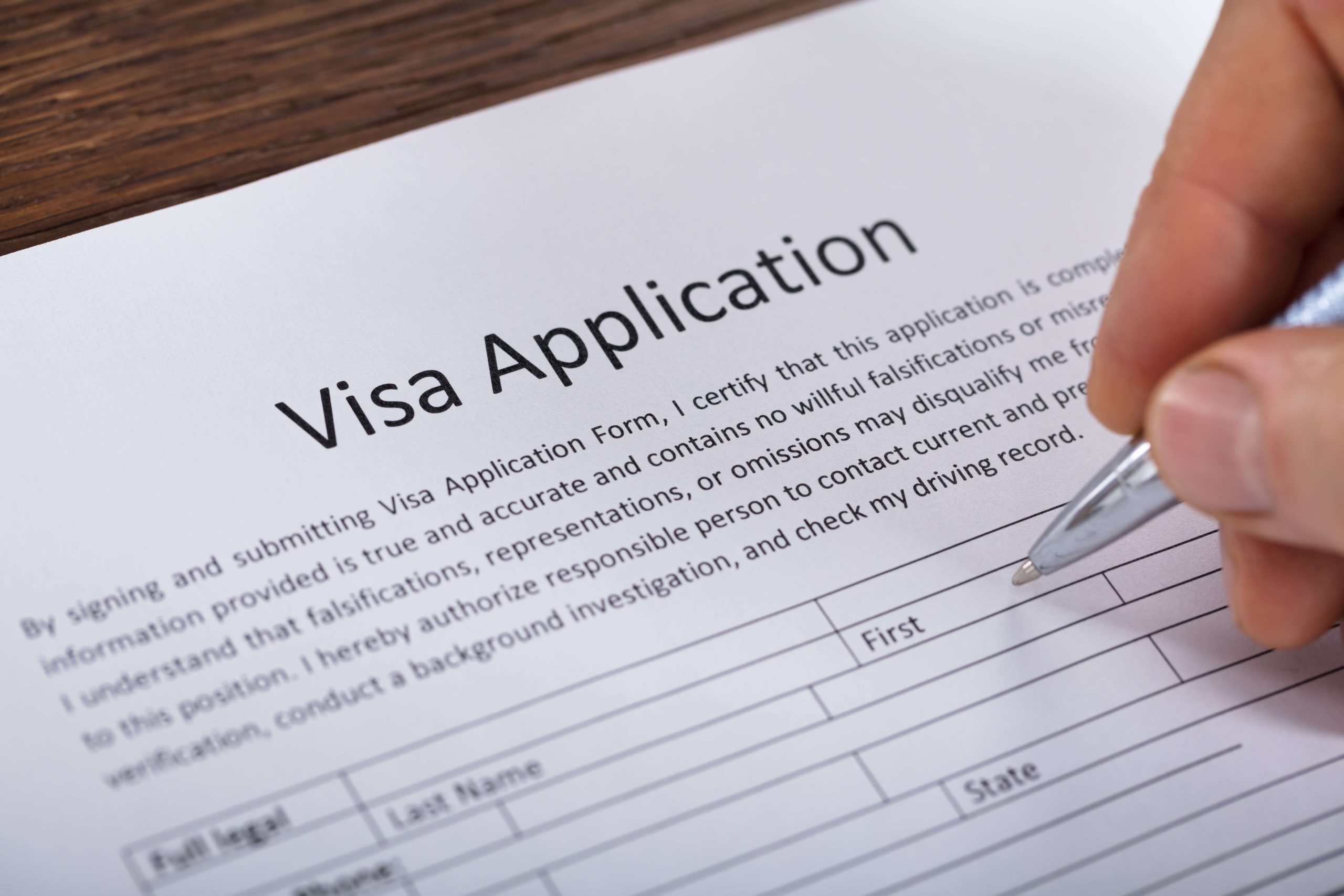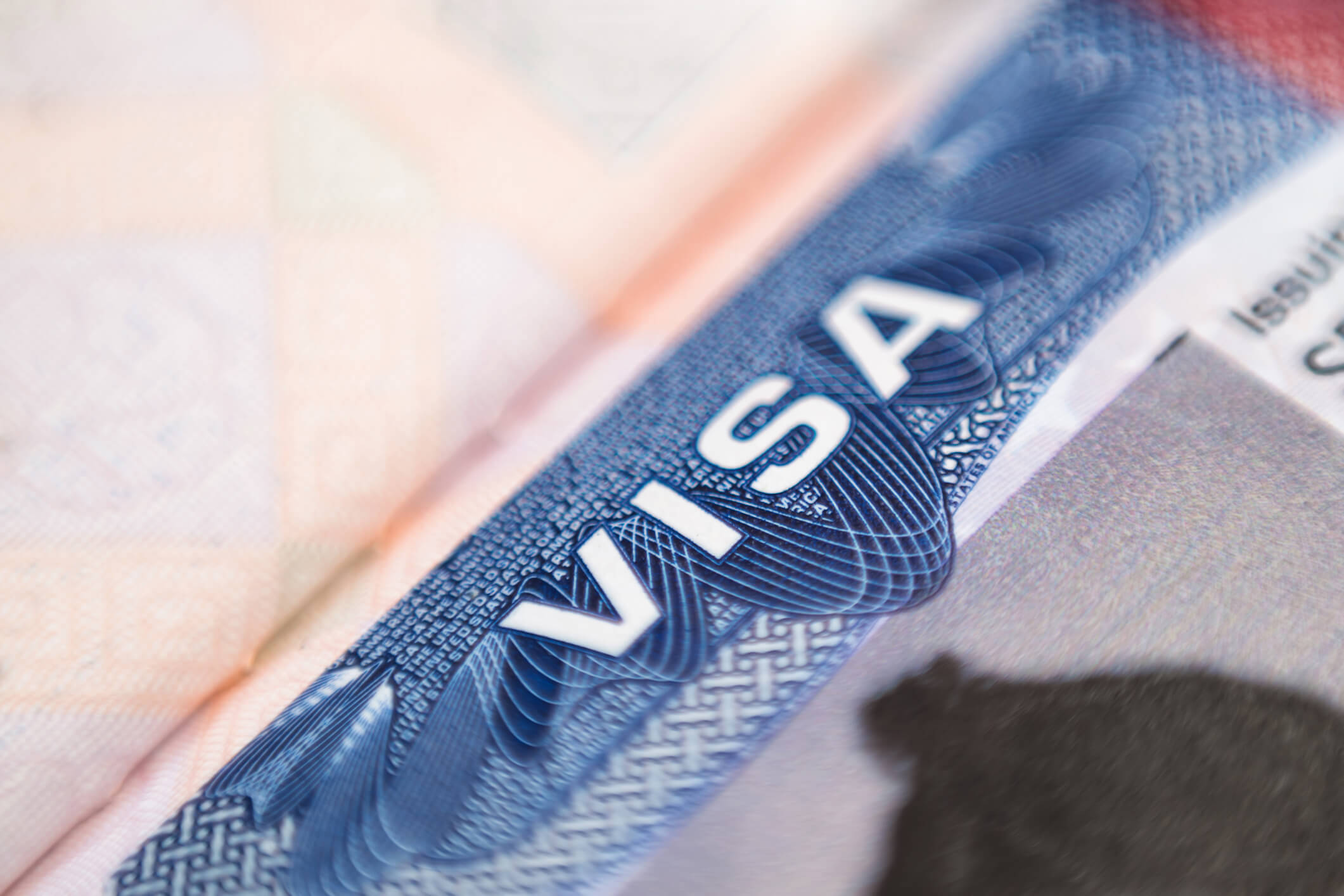Quick Hits
- Employees with FY 2026 H-1B cap petitions that were approved to change their status, or who applied for H-1B visas and recently entered the United States, began working pursuant to H-1B status on October 1, 2025.
- Employers and employees may want to review the terms and conditions of the H-1B employment, as well as compliance requirements.
- Based on the latest guidance, the recent presidential proclamation “Restriction on Entry of Certain Nonimmigrant Workers” is not expected to apply to employees with approved H-1B cap petitions or petitions filed prior to September 21, 2025.
With the start of the new government fiscal year on October 1, 2025, many employees who benefitted from approved FY 2026 H-1B cap petitions are now working pursuant to H-1B status. This H-1B employment brings additional requirements with which employers and employees are responsible, as additional steps now or in the future may be necessary.
H-1B cap petitions that were approved with a change of status request generally took effect on October 1, 2025, changing those employees’ nonimmigrant statuses to H-1B. Similarly, employees who recently obtained an H-1B visa at a U.S. embassy or consulate abroad based on an approved FY 2026 H-1B cap petition and entered the United States would normally have been admitted in H-1B status.
Employers and employees may want to note the following items.
Terms and conditions of employment: Employers and employees may want to review the terms and conditions of employment described in the H-1B petition to ensure they are being maintained. If changes occur or are planned for the position sponsored in the petition employers may want to note that certain changes may require additional filings or impact other active immigration matters. Changes that could require an employer to file an amended H-1B petition include but are not limited to changes in worksite location, a decrease in salary, hours, or position.
Employee changes of address: U.S. Citizenship and Immigration Services (USCIS) requires all noncitizens to report a change of address within ten days of moving. Individuals may create an account with USCIS online and follow the instructions provided by USCIS. Failure to timely update USCIS regarding a change of address can result in a fine and/or imprisonment and may result in removal.
Tax obligations: Employers may also want to review any new or different tax obligations for these employees, such as the Federal Insurance Contributions Act (FICA), that may result from an employee now working pursuant to H-1B status.
OPT and STEM OPT: Some employers may have H-1B cap petitions pending with USCIS that were filed on behalf of employees in F-1 status working pursuant to Optional Practical Training (OPT) or STEM OPT, but whose OPT or STEM OPT employment authorization has since expired. As a reminder to employers, if the petition was filed with a change of status request prior to the employee’s OPT or STEM OPT expiration date, the employee may benefit from an automatic “cap-gap” extension of their employment authorization. While this cap-gap extension previously only provided extended employment authorization until October 1 of the relevant fiscal year, under the final H-1B modernization rule published on December 18, 2024, this cap-gap extension now begins from the date of the OPT or STEM OPT expiration and continues until either April 1 of the relevant fiscal year or the validity start date of the approved petition, whichever occurs earlier.
The $100,000 fee and overseas visa appointments: While some aspects of the recent presidential proclamation titled “Restriction on Entry of Certain Nonimmigrant Workers” remain unclear, based on the latest guidance the proclamation is not expected to apply to employees with approved H-1B cap petitions or petitions filed prior to September 21, 2025.
Similarly, we do not expect U.S. embassies or consulates to require a $100,000 fee from employees applying for H-1B visas based on approved FY 2026 H-1B cap petitions, but the U.S. Department of State requires all nonimmigrant visa applicants to schedule appointments in their country of nationality or residence.
Travel: H-1B employees who plan to travel internationally may want to confirm that they are carrying the correct documentation and check their I-94 Arrival/Departure record on the U.S. Customs and Border Protection website for accuracy after admission into the United States.
Next Steps
Employers may wish to take steps to ensure the terms and conditions of employment described in their H-1B petitions are being maintained and consider steps if changes to the H-1B position occur. Similarly, they may wish to consider whether there are new or different tax obligations due to the changes in their employees’ nonimmigrant status. Employees may want to proactively take steps to properly maintain their status with respect to their responsibilities under H-1B status.
Ogletree Deakins’ Immigration Practice Group will continue to monitor developments and will publish updates on the Immigration blog as additional information becomes available.
Follow and Subscribe
LinkedIn | Instagram | Webinars | Podcasts






